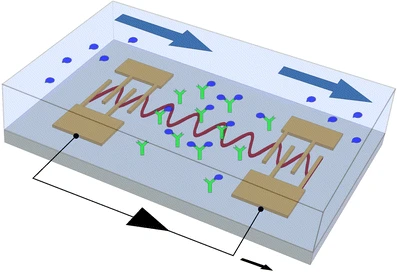Parkinson’s disease (PD) is characterized by rigidity, bradykinesia, resting tremor, and postural instability, freezing of gait, hypometria in aiming movements, and micrographia in writing and drawing.
The neural mechanisms and cognitive-motor aspects underlying characteristic deficits in PD remain unclear.
Heterogeneity in Parkinson’s disease presentation has challenged reconciliation of dopaminergic versus nondopaminergic deficits.
Contradictory results are wide spread across studies such as unclear segregation of motor and cognitive task demands.
Dopaminergic mechanisms regulating cognitive and motor control were evaluated comparing visuoperceptual and perceptuomotor functions in Parkinson's disease.
A total of 40 individuals with PD and 42 age and education matched healthy controls (ages range 50–75) consented for participation in this study.
The current study evaluated the role of dopamine in visuoperceptual accuracy versus spatial aspects of movement in idiopathic PD compared to age-matched healthy controls. In order to isolate dopaminergic medication effects on performance, subjects engaged in the experiment twice on and off-medications counterbalanced across visits 1 and 2 (sham on and sham off for controls) with an 8-week interval between visits.
Subjects were examined on computerized tasks of visuoperceptual judgments in vertical and horizontal orientations that were contrasted with spatial accuracy in cursor movement termination relative to targets in different locations. Experimental tasks were designed to segregate spatial accuracy in perception versus aiming movements of variable stimulus lengths (4, 8, and 12 cm lines).
The performance of Parkinson disease patients was contrasted with healthy controls across two separate visits on computerized tasks of perception and aiming to a target at variable stimulus lengths.
Novel visuoperceptual tasks of length equivalence and width interval estimations without motor demands were compared with tasks estimating spatial deviation in movement termination.
The findings support the presence of spatial deficits in early Parkinson disease, more pronounced with increased discrimination difficulty, and with shorter stimulus lengths of 4 cm for both visuoperceptual and perceptumotor functions.
Dopaminergic medication had an adverse impact on visuoperceptual accuracy in particular for length equivalence estimations, in contrast with dopaminergic modulation of perceptuomotor functions that reduced angular displacements toward the target.
The differential outcomes for spatial accuracy in perception versus movement termination in Parkinson disease are consistent with involvement of the direct pathway and models of progressive loss of dopamine through corticostriatal loops.
Future research should develop validated and sensitive standardized tests of perception and explore dopaminergic selective deficits in Parkinson disease to optimize medication titration for motor and cognitive symptoms of the disease.


 Source: KieranMaher at English Wikibooks
Source: KieranMaher at English Wikibooks